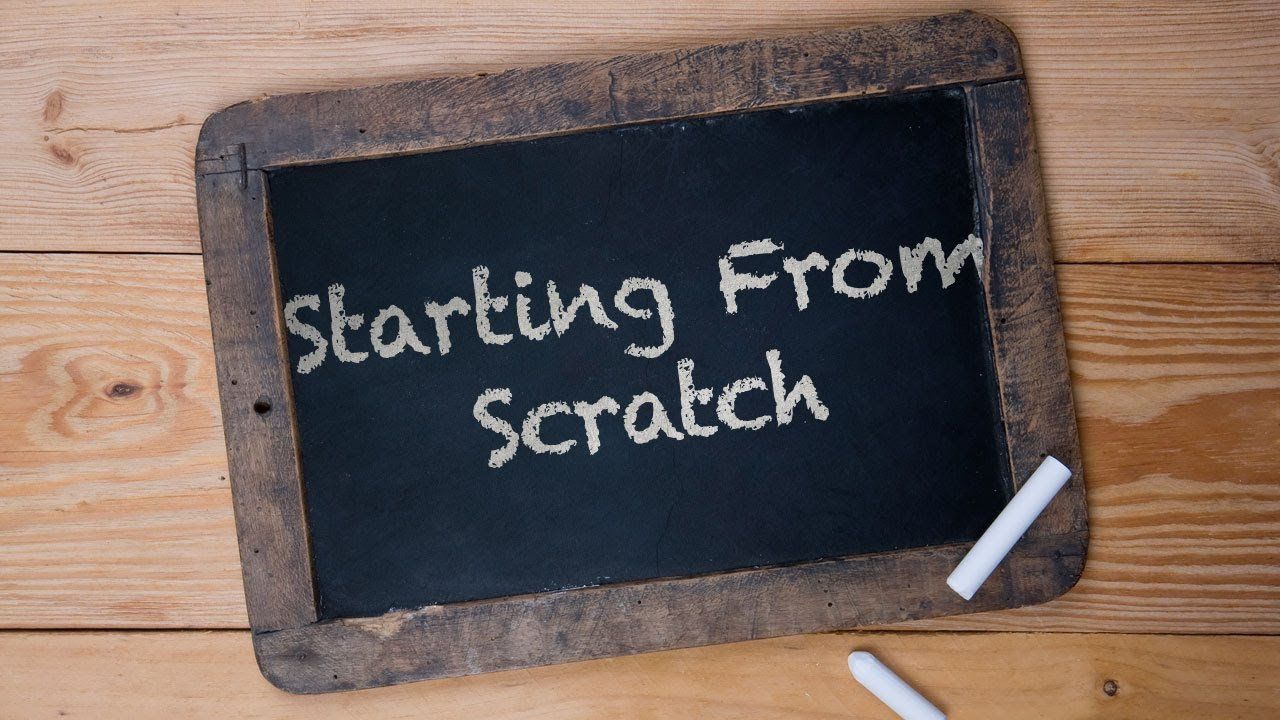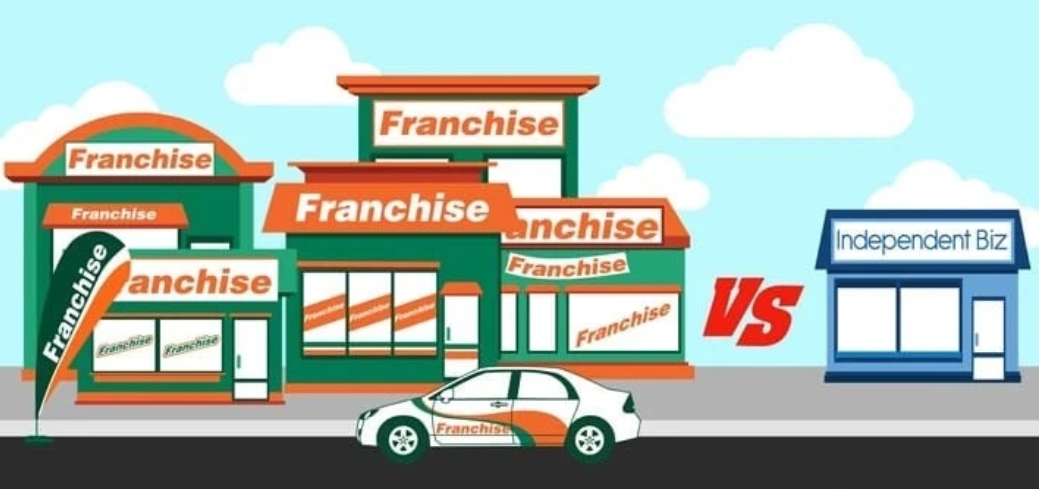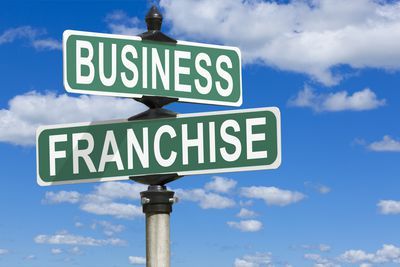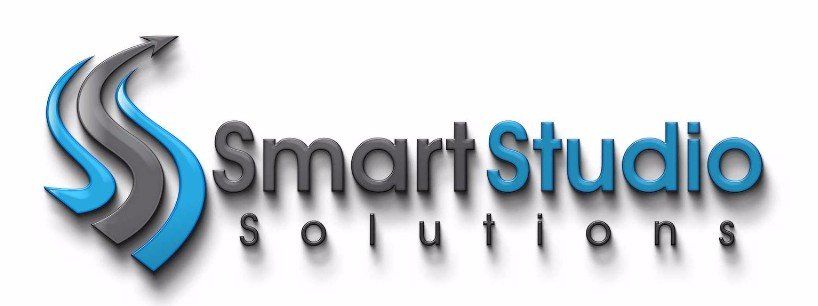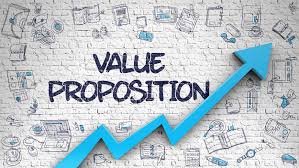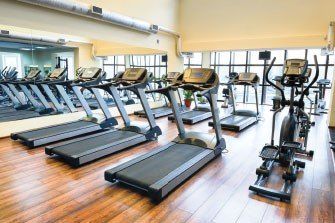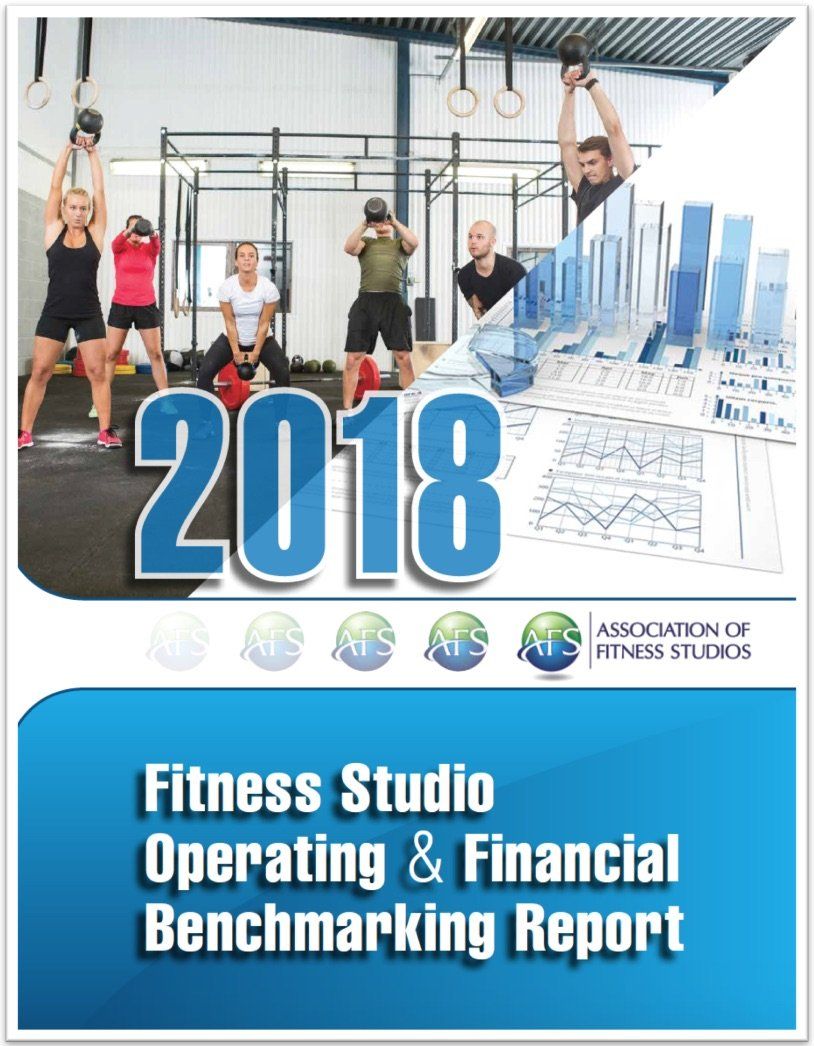The Importance of Cashflow
If you’re not tracking your numbers you really don’t have a business and you certainly won’t have measurable goals to grow your business. What you need is a SIMPLE way of being able to see “snapshots” of how your business is operating each week and month. This will allow you to easily look at the trends in your business and whether or not you are growing. See how I track my numbers each month and download a “Done-for-You” spreadsheet, so that you can track your own fitness business financials!
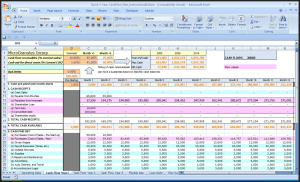
I’ll be the first person to admit
that I am not a number cruncher or someone that sits at a desk for an hour a
day measuring every detail of my business.
I’ve always been of the
philosophy that if you set your goals on helping more and more people you will
naturally grow your business. And although this principle has served me well, I
have at points lost track of how much money was LEAVING my business…
So, of course, more money was
being generated as I was growing my team and client base, but
my expenses were not being
carefully monitored
, which meant I was paying more for items
that could have easily been consolidated or eliminated.
For example, when started hitting
1,000 client sessions a month our water consumption at the studio was through
the roof. This meant I was having over 20+ 5 gallon water jugs delivered a
month. Madness!
I mean, I’m working with 500 ft
of fitness floor and I have 10+ 5 gallon jugs at a time sitting out on my deck
taking up space and becoming an eye sore…
So what I did was rent a reverse
osmosis water filter from Atlas water company for $50 a month. Now, we’re no
longer paying $200 a month for water jugs and we saved a lot of space.
I made these same types of
consolidations in about a dozens areas of my business, which saved me about
$1,000 a month if wasted overhead.
Save Money in Key Areas Here are some of those areas:
·Water jugs -> Reverse Osmosis
Filter·Printer ink -> Buy in bulk
from cheap online website·Promotional items -> developed
a relationship with company and got deeper discount·Cleaning company -> Better
company with better rates·Supplements -> bought in bulk
for better price·Marketing items -> purchased
quarterly for better bulk price
Those are a few of the areas that
I was able to save in, but one of the
BIGGEST ways I saved money
was
in negotiating a better rate on my credit card processing fees. I was paying
about 3.9% a month and since I’ve been with the same company for about 6 years
and I’m doing a considerable amount of billables per month, I asked them to match PayPal’s 2.9%
.
I let them know I have enjoyed
using their company, but there are multiple companies willing to reduce my rate
to 2.9% and I’d like to stay with them if they can match it.
They did ; ) This saved me 1%
on all my monthly credit card charges
through
Visa and Mastercard. That may not seems like a lot, but check out these
numbers…
If you’re doing $10,000/month a
1% savings = $1,200/year
$20,000/mo = $2,400/year
$30,000/mo = $3,600/year
$40,000/mo = $4,800/year
$50,000/mo = $6,000/year
You get the point…
It’s a significant savings that
is up for the taking if you’re willing to ask for it and do your homework on
which other companies or banks may give you a better rate. 2.9% is pretty
standard and it’s a rate you should strive to get after you’ve been in business
and charging credit cards for a little while.
So now that I’ve reduced my costs
of typical monthly fixed overhead I’m saving about $1,500-$2,000 a month.
That’s anywhere from $18,000 – $24,000 a year! And that’s just pure PROFIT in my pocket!
Now it’s your turn…
Cashflow Spreadsheet
Okay, not onto the monthly cash
flow spreadsheet.
One of my coaching clients and
fellow Smart Studio Systems Member, Robert Selders, created a excellent monthly
cashflow spreadsheet that frankly is much prettier than mine. So, I asked if it
would be alright for me to allow all Smart Studio Systems Members the privilege
of using it and he, being the nice guy that he is, obliged.
So let us all thank Robert for
not having to use my black and white excel spreadsheet!
Now back to business… This
cashflow spreadsheet is to serve as a template.
What I mean by that is that I’ve
taken out all of Robert’s numbers and left the columns blank for you to fill in
your own stats. However, the left hand column also contain all of the expenses,
as well as profit centers.
I have tweaked his spreadsheet in
order to add in more examples of different profit centers you may have, such as
supplement sales, small group training, 1-on-1, etc. And like any good
cash flow statement you will want to have all your expenses written as
negatives (ex. -1,250) and you revenue as positives (1,250).
This will allow you to create an
easy sum at the bottom of your spreadsheet showing you how much money is coming
in after all your expenses have been taken out. Remember, it’s imperative that
you
seek out all
the opportunities to reduce your overhead and monthly expenses
,
while obviously working to boost your revenue.
I state this because people often
forget that if you save $1,000 a month that is the same as making an additional
$1,000 a month. Only, it’s usually easier to save the money, since
consolidating or cutting allows you to not have to do any extra work!
Fixed Costs
At first when you’re filling out
the cashflow spreadsheet it may take a little extra effort since you may not
have been gathering all your monthly expenses, but after you have the first
month down you’d be surprised at how easy (and fun!) it is to plug in your
numbers each month. The reason for this is that many of your expenses do not
change month to month – which is why we call
them “fixed overhead costs.”
These fixed costs are typically:
·Rent·Electric bill·Heat/AC·Cable·Internet·Phone·Wireless phones·Car·Ongoing advertising (not big
promotional items which are not fixed)·Loans·Assistant (although this can be
reduced as it is not fixed)·Water for studio·Website hosting·Newsletter/email hosting account
You get the picture…
So basically what you want to do
is pull out your credit card and bank statement and find all the debits that
come out of your account and write them in your “expense” column. You can then
have a miscellaneous column or just keep adding lines of expenses as they come
up each month.
What I do is actually have all of
my fixed bills debited from my bank account and then my monthly expenses that
are in addition to my fixed overhead come out on my American Express business
card. This allows
me to see how many “soft costs,” I have each month
, and those
are typically the ones that can fluctuate a few thousand dollars. The itemized
list AMEX gives me each month and at the end of the year is a great way for me
to make sure I am only purchasing items I need for my studio/business in order
to keep costs under control.
So now that you have the nuts and
bolts of what I am talking about, please download this S3 Cashflow Spreadsheet
and put in some work!
>>> Download the
Cashflow Spreadsheet here
Remember, it’s only difficult to get going the first time and
then it’s smooth sailing from then on out. Plus, as I stated before it is impossible to know if you
are hitting your goals if you’re not actually dissecting your numbers
.
Advanced Tracking
Now, for those of you that have
already created a cashflow spreadsheet, just look over this new document and
make sure you haven’t left anything out. Then if you’re ready for the next step
you can begin tracking your bootcamp, small group, or semi-private attendance,
and your 1-on-1 sessions. Then you can track all your leads calling in, your
comps set up, and your conversion of those leads to clients. The sky is the
limit on what you can track
, but I don’t want you to get
overwhelemed in the beginning, so I recommend just starting with the financials
spreadsheet and then when you’re ready move on to additional numbers.
Lastly, some people can get overly fixated on studying their
numbers. However, my advice to you is to look at your
financials each Friday and then the 1st of every month
in order to take snapshots of where
your business is heading and if you’re on target to reach your goals. I believe
daily updating and obsession over your numbers takes you away from the bigger
picture of focusing on your team and your clients. After all, this is personal
training and retention and referrals come
from over delivering on your services
.
Yours in Fitness Business Success,
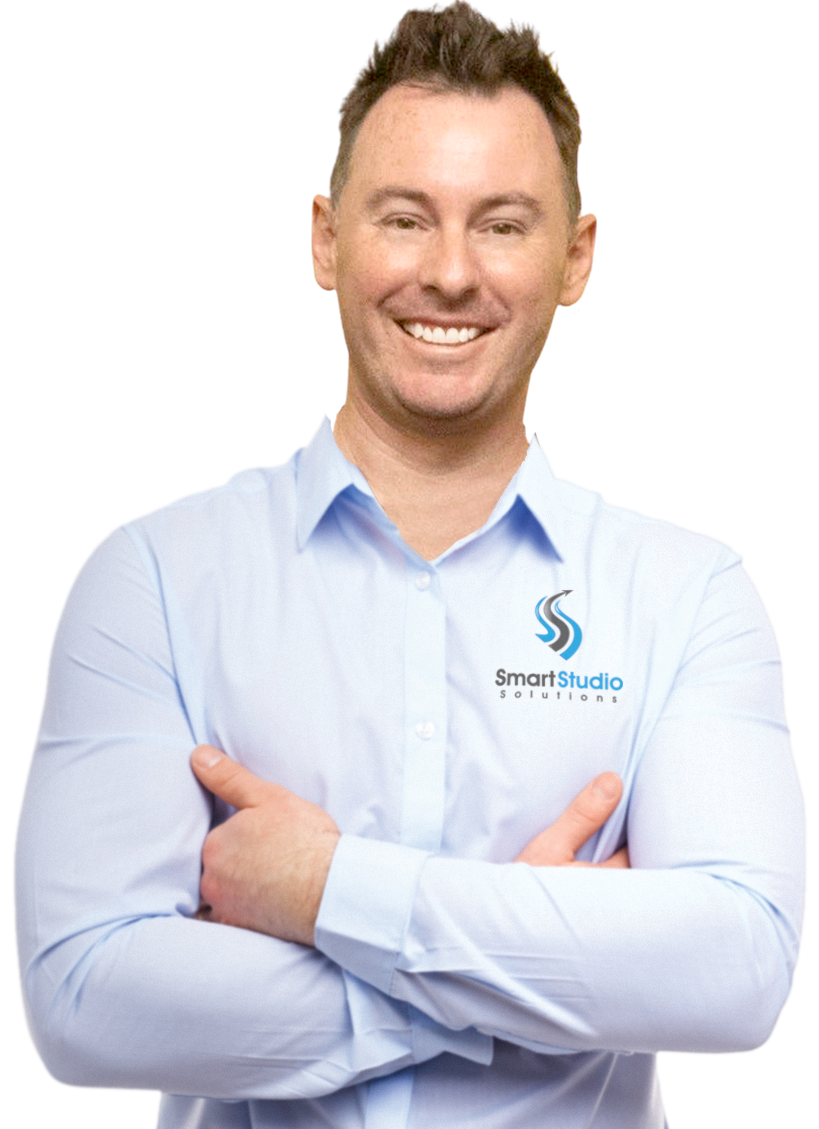
Ben Dulhunty
